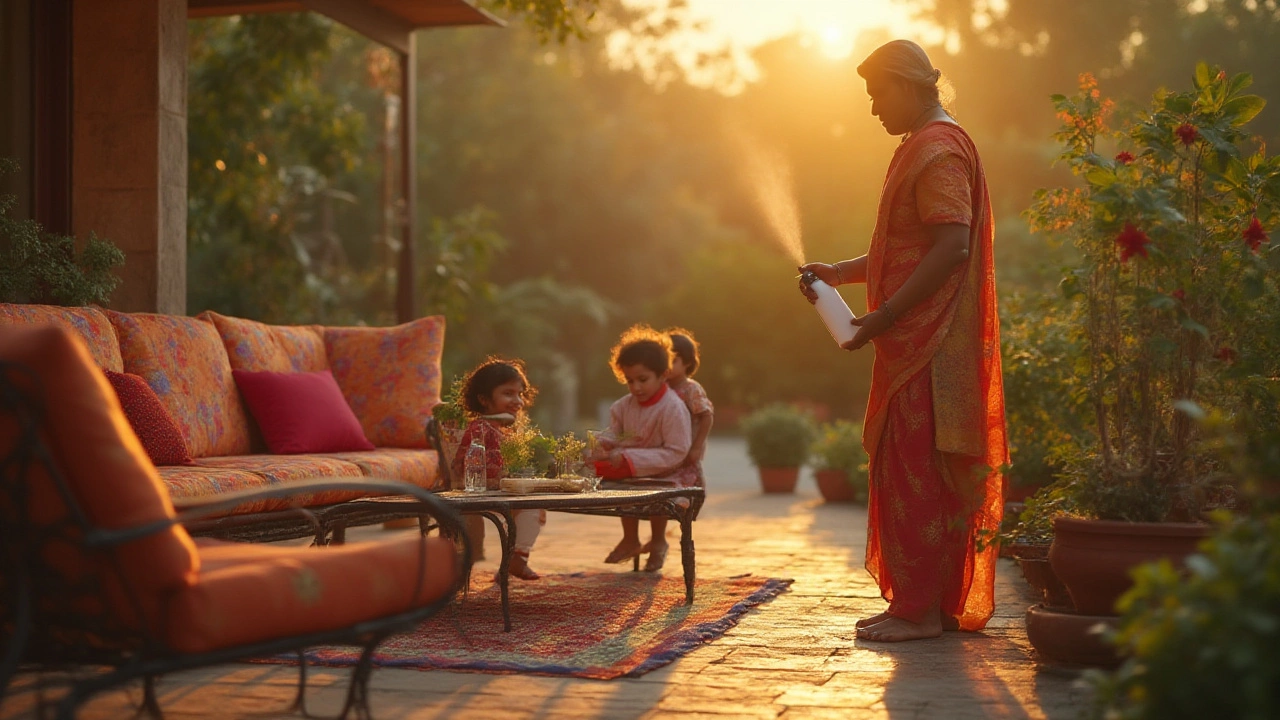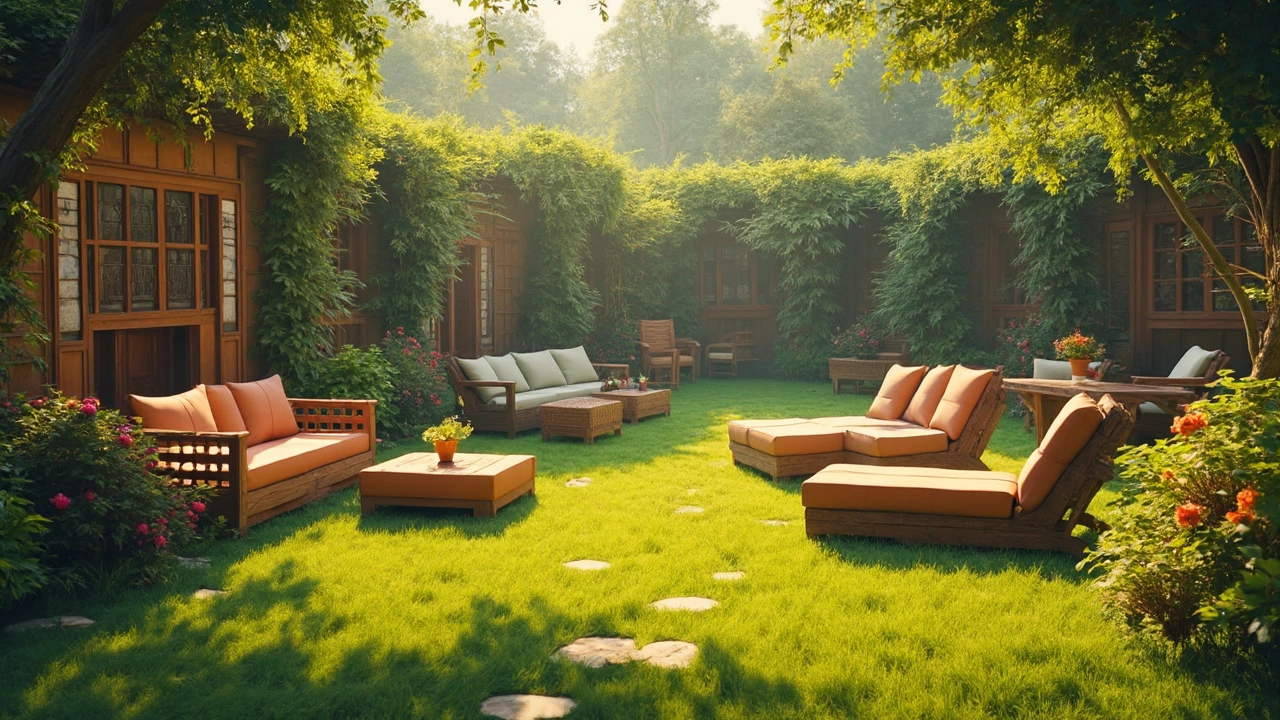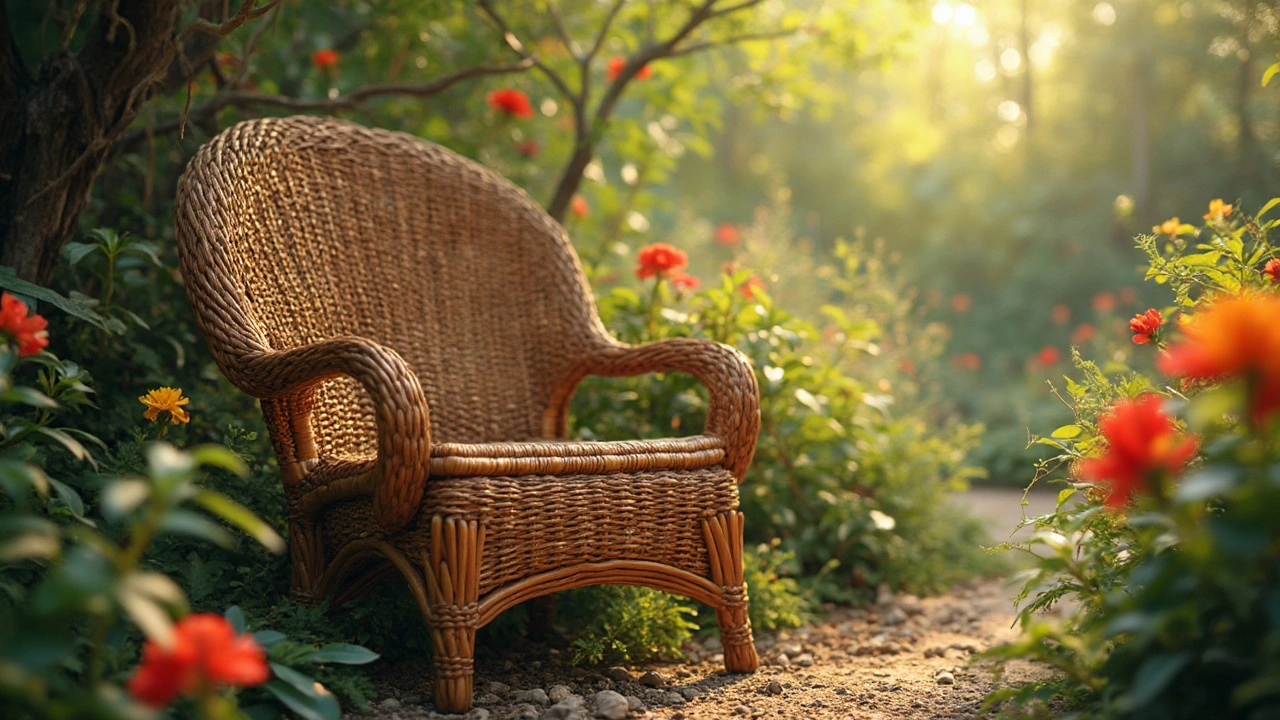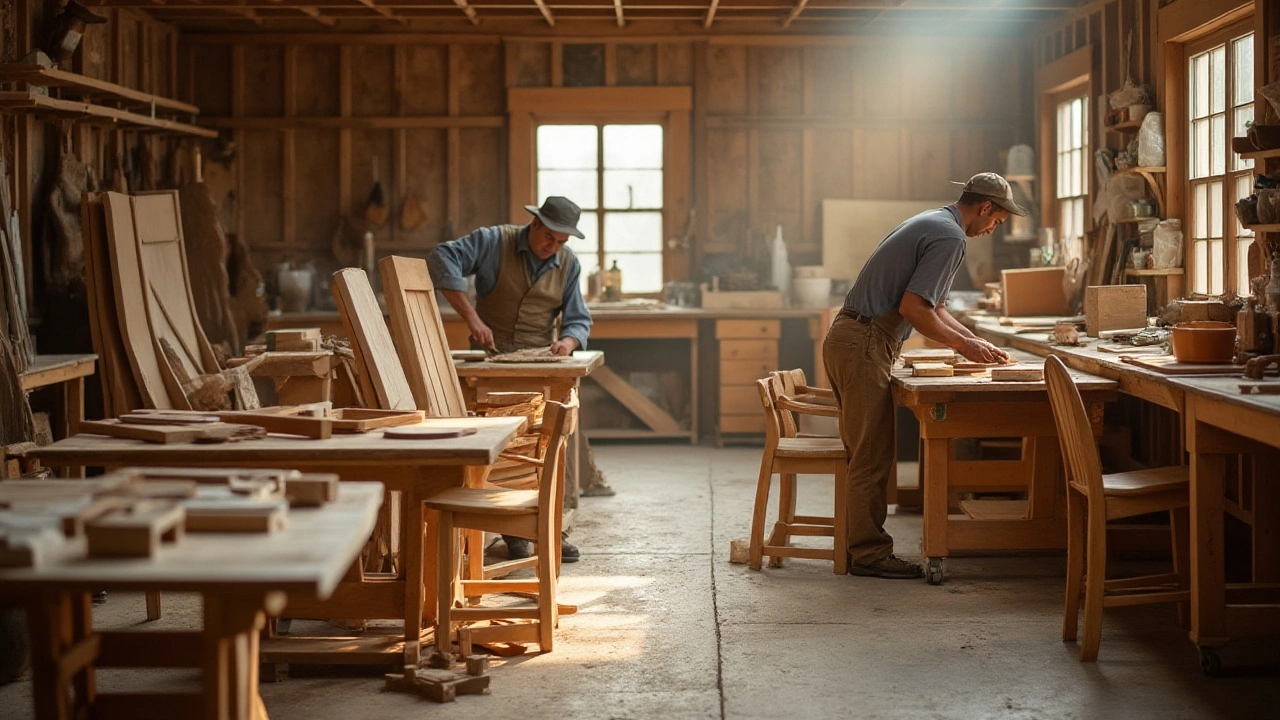Garden Furniture Guide: Choose, Care, and Keep Bugs Away
Thinking about adding new pieces to your backyard? The right garden furniture can turn a plain patio into a favorite hangout spot. But picking the best material and keeping it bug‑free can feel confusing. Below you’ll get straight‑forward advice on what to look for, how to protect your investment, and simple tricks to stop pests from crashing your outdoor party.
Pick Materials That Handle Weather Like a Pro
If you live where rain shows up often, choose furniture that won’t swell, rust, or crack. Teak is a classic choice – it naturally resists water and gets a nice silver patina over time. Powder‑coated aluminum is lightweight, won’t rust, and holds color well even after months of sun. High‑density polyethylene (HDPE) plastic looks like wood but is fully waterproof and easy to clean. These three options give you durability without costing a fortune.
When you compare costs, think about long‑term savings. A cheap metal chair might need a fresh coat of paint every spring, while a teak set can last a decade with just occasional oiling. The upfront price of HDPE may be higher, but it requires almost no maintenance – just a quick wash with a hose.
Keep Bugs Out of Your Favorite Seats
Nothing ruins a relaxed evening faster than tiny critters. Chiggers love damp, shady spots, so they often hide in patio cushions and wicker frames. A simple spray of diluted vinegar or a light mist of neem oil on the furniture surface creates a barrier they won’t cross. For wicker pieces, check the weave regularly – any tiny holes can become a hideout for bed bugs or other pests.
Cover your furniture when it’s not in use. A breathable outdoor cover keeps moisture down and makes it harder for insects to set up camp. If you notice any signs of infestation, wash the affected area with mild soap and hot water, then let it dry in the sun. Sunlight is a natural deterrent for many bugs.
Eco‑friendly options are also on the table. POLYWOOD, made from recycled plastic, resists both water and insects, making it a solid green choice. While the Amish tradition favors hand‑crafted wood, many modern makers blend that craftsmanship with POLYWOOD’s durability for a sustainable hybrid design.
Finally, position your furniture wisely. Keep seats away from dense shrubbery where insects thrive, and allow at least a few inches of airflow around each piece. This simple layout tweak cuts down on moisture buildup and makes cleaning easier.
With the right material, a bit of regular upkeep, and smart pest prevention, your garden furniture will stay comfortable and attractive year after year. Ready to pick your next set? Take these tips to the store or browse online, and enjoy a backyard that looks good and feels bug‑free.



